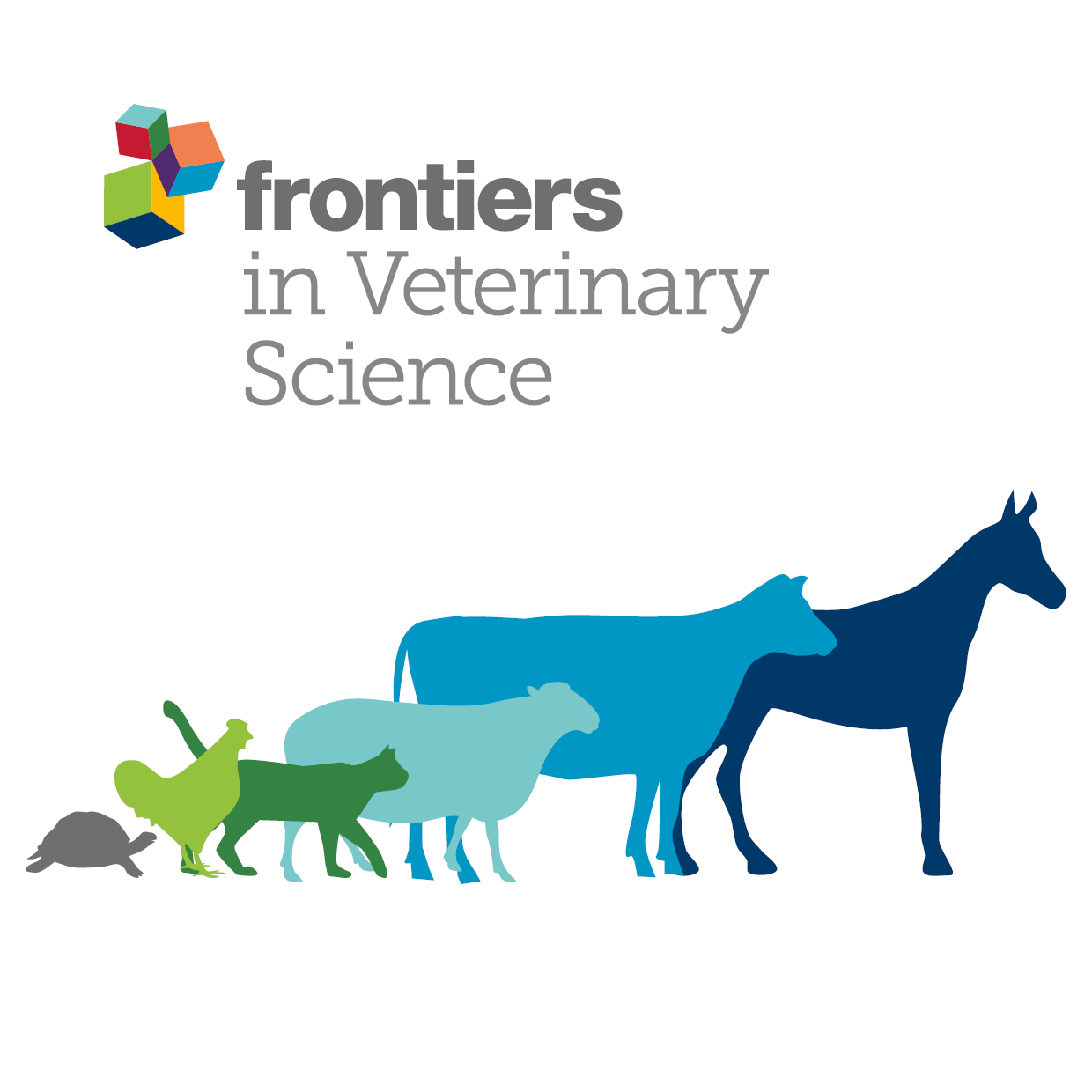Ver ítem
- xmlui.general.dspace_homeCentros Regionales y EEAsCentro Regional Buenos Aires SurEEA BalcarceArtículos científicosxmlui.ArtifactBrowser.ItemViewer.trail
- Inicio
- Centros Regionales y EEAs
- Centro Regional Buenos Aires Sur
- EEA Balcarce
- Artículos científicos
- Ver ítem
Parasitemia and Associated Immune Response in Pregnant and Non-Pregnant Beef Cows
Resumen
The aim of this longitudinal study was to characterize the parasitemia of Neospora caninum and the associated immunological parameters in naturally infected beef cows for 10 months. The following groups were established: Neospora caninum seropositive pregnant cows (+Preg, n = 7), seropositive non-pregnant cows (+Npreg, n = 7), seronegative pregnant cows (−Preg, n = 4), and seronegative non-pregnant cows (−Npreg, n = 4). Several samples were obtained for
[ver mas...]
The aim of this longitudinal study was to characterize the parasitemia of Neospora caninum and the associated immunological parameters in naturally infected beef cows for 10 months. The following groups were established: Neospora caninum seropositive pregnant cows (+Preg, n = 7), seropositive non-pregnant cows (+Npreg, n = 7), seronegative pregnant cows (−Preg, n = 4), and seronegative non-pregnant cows (−Npreg, n = 4). Several samples were obtained for absolute and relative leukocyte counting, cytokines IL-10, IL-12, α-TNF, and γ-IFN quantification, specific IgG, IgG1, and IgG2 and avidity and N. caninum DNA molecular detection and quantification. The +Preg group had a higher frequency and concentration of N. caninum DNA in PBMC in the last third of pregnancy compared to +Npreg (p < 0.05), with 22 and 8% of detection, respectively. Parasitemia correlated positively with IgG titers and negatively with IgG1/IgG2 ratio (p < 0.05). On day 222 of the assay, the +Preg group had the lowest total leukocyte counting (p < 0.05). The +Preg group had a higher concentration of IgG and higher avidity in the last third of gestation compared to +Npreg (p < 0.05). Avidity correlated with total IgG and IgG2 (p < 0.05). All +Preg cows gave birth to clinically healthy but seropositive calves before colostrum intake, therefore, the congenital transmission was 100% efficient. Only a complete N. caninum genotype from a placenta and a partial genotype from cow #3 of the group +Preg were achieved by multilocus microsatellite analysis. Overall, N. caninum parasitemia is frequent in seropositive beef cows during the last third of gestation. This correlates with higher antibody levels and a decrease in total leukocyte counting. The precise timing of the parasitemia may be used for diagnosis purposes and/or for design strategies to avoid vertical transmission. Further studies are needed to identify the immune molecular mechanisms that favor parasitemia during gestation in chronically infected cattle.
[Cerrar]

Autor
Gual, Ignacio;
Campero, Lucia Maria;
Hecker, Yanina;
Regidor-Cerrillo, Javier;
Leunda, Maria Rosa;
Odeon, Anselmo Carlos;
Campero, Carlos Manuel;
Torioni, Susana Marta;
Echaide, Ignacio Eduardo;
Estein, Silvia;
Ortega Mora, Luis Miguel;
Moore, Prando Dadin;
Fuente
Frontiers in Veterinary Science 9 : 905271 (June 2022)
Fecha
2022-06
Editorial
Frontiers Media
ISSN
22971769
Formato
pdf
Tipo de documento
artículo
Palabras Claves
Derechos de acceso
Abierto
 Excepto donde se diga explicitamente, este item se publica bajo la siguiente descripción: Creative Commons Attribution-NonCommercial-ShareAlike 2.5 Unported (CC BY-NC-SA 2.5)
Excepto donde se diga explicitamente, este item se publica bajo la siguiente descripción: Creative Commons Attribution-NonCommercial-ShareAlike 2.5 Unported (CC BY-NC-SA 2.5)


